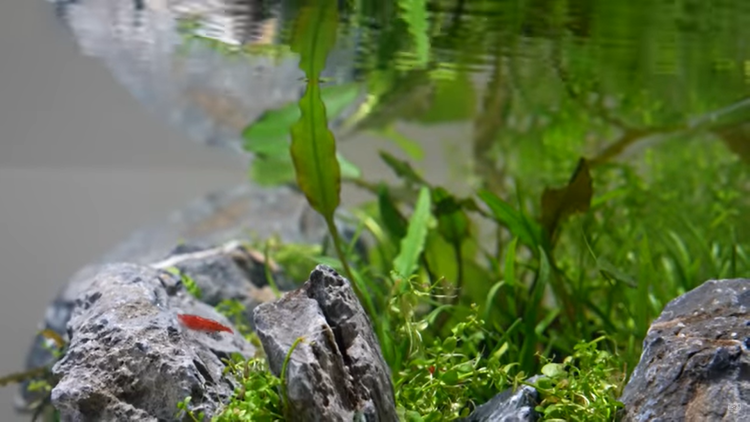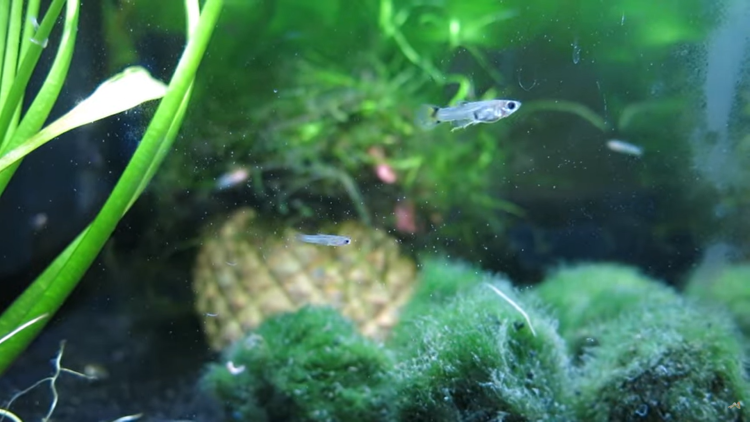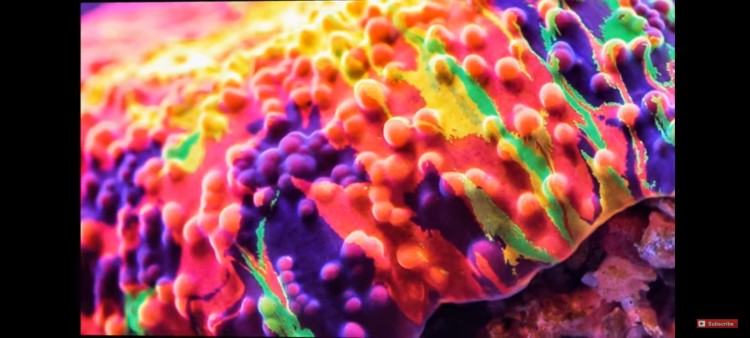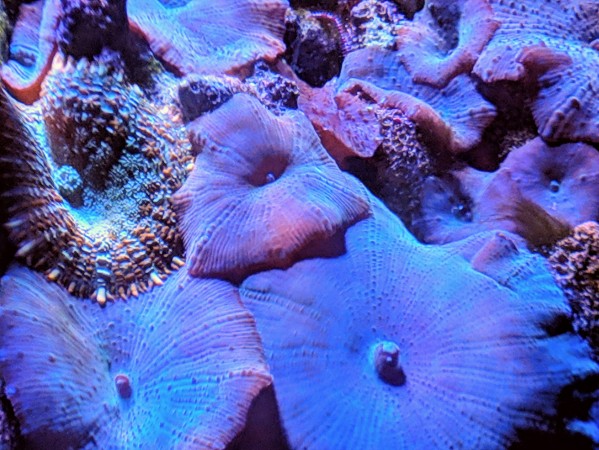Make Your Aquarium Plants Pearl Like Magic - Here's How
- Jul 01, 2024
- Anshika Mishra
- 117 0 0

Peraling is the perfect sign that your planted tank is flourishing, and it is pretty mesmerizing to see. So, here's how you can achieve this on your own.
What is Pearling?
We need to know precisely what pearl is to get plants to pearl. In short, these are visible bubbles of oxygen produced by plants. However, they will only appear when certain conditions have been met.
The first is photosynthesis, the second is the amount of dissolved oxygen in the water, and the last is time. Pearling happens when the oxygen produced by plants forms bubbles faster than it can dissolve in the water. This mainly occurs when the water is fully saturated with oxygen, but it can also happen when plants are producing oxygen at a very high rate.
Benefits of Oxygen-saturated Water
One of the benefits of having water fully saturated with oxygen is algae control. Cino bacteria, Diatoms, and many other types will have difficulty growing due to the formation of active oxygen species. So, our main goal will be to maximize the conditions under which plants can produce as much oxygen as possible.
And for that, you need to take a look at a few variables, mainly the big five:
CO2
Light
Nutrient
Temperature
Water parameters
Conditions for Plants to Pearl
For photosynthesis to occur, we need both an abundance of light and CO2. This variable is mainly why many low-tech tanks don't have pearling plants. The rate of photosynthesis will increase with an increase in light intensity.
However, it will eventually plateau, and this plateau might not be where the water is fully saturated. To increase this rate, we need to either increase the concentration of CO2 or increase the temperature. Also, as the temperature rises, the amount of dissolved oxygen decreases.
However, you don't need to worry about temperature as the optimal temperature for aquatic plants is typically between 23 and 28, and that's what most tanks sit around. We need bright lighting, and CO2 abundance means we are ignoring nutrients.
Think of CO2 as the car's engine and light as the accelerator. For these parts to work, we need to feed them fuel nutrients; otherwise, they will rust. So, if we don't give plants enough nutrients, they will suffer, and plants with poor health will never pearl.
Of course, other variables come into play, such as circulation and ideal water parameters. Healthy circulation spreads an even amount of CO2 and nutrients to the tank. If nutrients can reach a certain location, plant health in those areas may be impacted, thus leading to pearling difficulties.
However, time can impact all of this. It takes time for water to become fully saturated or for plants to undergo strong photosynthesis. They will not immediately pearl once the lights turn on, which is where low-tech tanks can have some difficulty.
Pearling in Low-Tech Tank
The amount of light and CO2 needed to maximize photosynthesis and trigger pearling may not be enough. Despite using different methods. If you select the right plants, they can easily pearl, even in low-tech tanks. Fast-growing plants, such as hydrophilic, poly spearman, weeds, and some Rotala spaces, are able to produce oxygen at a rate that is faster than it can dissolve.
Some Moss species can pearl in low-tech environments. But, the main idea is still reach the ideal levels of dissolved oxygen in the water, thus any tools that can assist us with that is perfect. However, most of it can impede the amount of dissolved CO2 in the water, limiting your plant's ability to grow.
Supersaturation of oxygen in water means that the dissolved oxygen levels are higher than what the water can hold. It is one of the leading causes of gas bubbles disease in fish. To prevent this, you need proper aeration of CO2 levels.
That's why always use a surface skimmer in any planted tank to promote adequate gas exchange.
Pseudo Pearling
Many people believe that a steady stream of bubbles is pearling. But this is far from the case. These bubbles usually appear from a single location on plants, mainly when a plant gets damaged in that area.
The way to tell between the two is that the pearling bubbles tend to stick to the plants and can be large. Pseudo pearlings, on the other hand, are tiny bubbles. Water changes are also a great way to start pseudo-pearling. This is because of the enrichment of both CO2 and oxygen.







About author